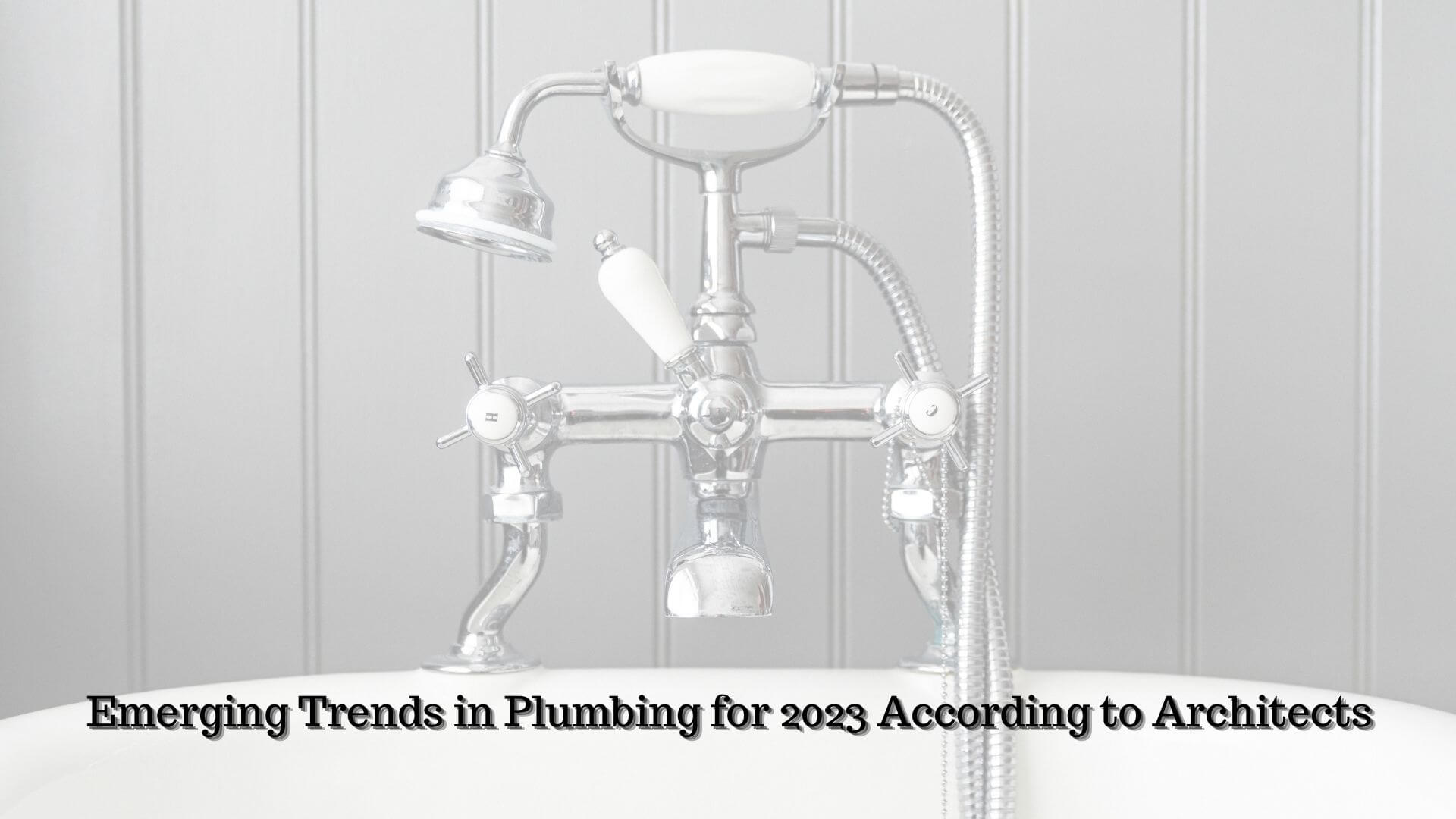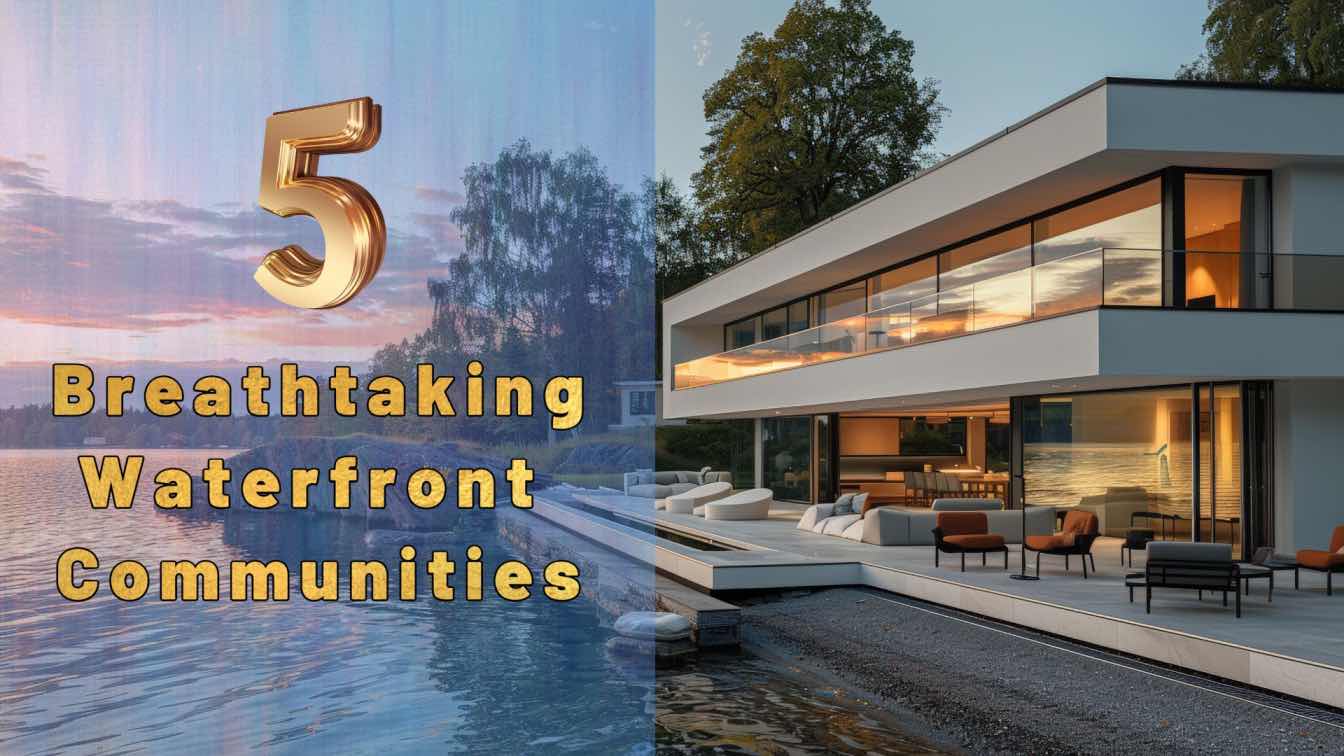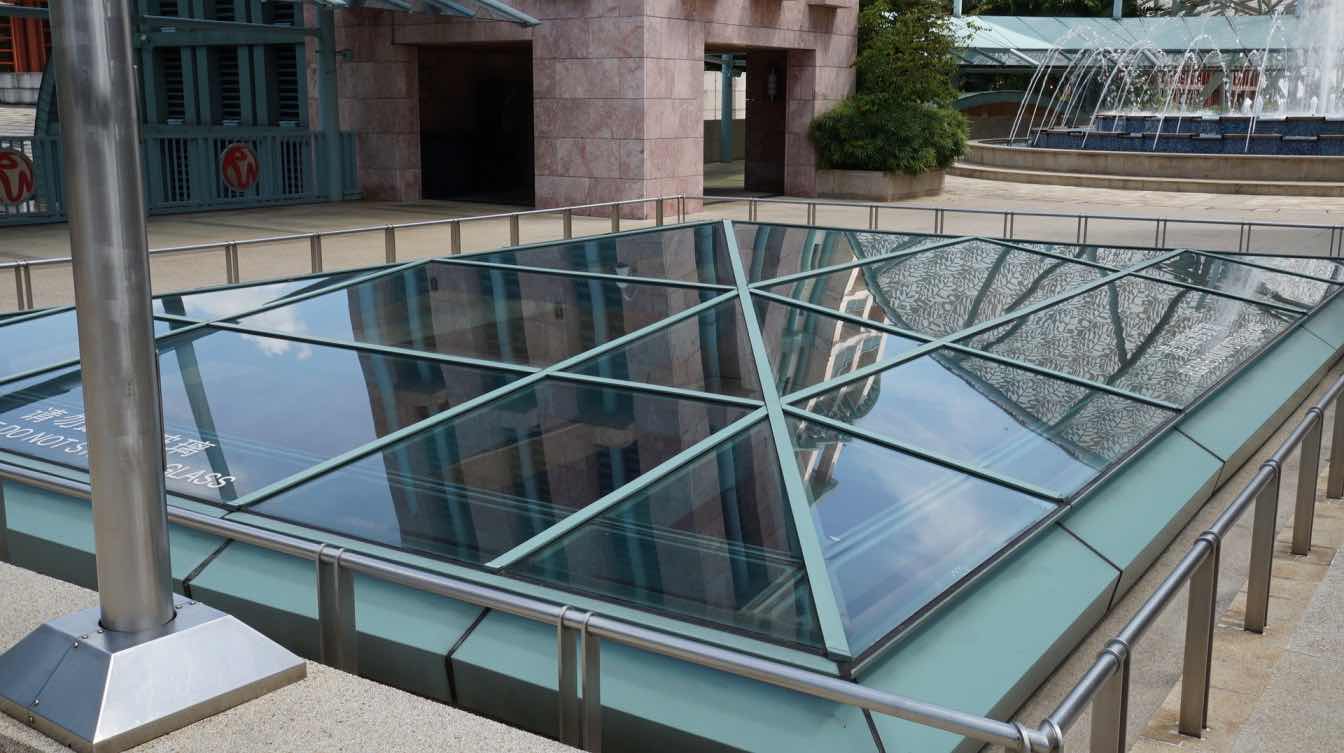Do you want to construct a building that meets the highest standards of energy efficiency? If you are interested in making your next building project more energy-efficient, you can find helpful tips in this blog post. We will discuss seven innovative ideas. With rising environmental concerns, it's essential now more than ever to ensure that buildings are constructed in an environmentally conscious and sustainable manner.
From optimizing the design of insulation structures and passive cooling systems to integrating modern and efficient technologies like solar panels – these easy-to-follow recommendations will help guide you in achieving a successful green construction project. Whether you're starting from scratch or seeking ways to increase sustainability in existing facilities, read on for great ideas on how to improve the green credentials of your next building project!
1. Use renewable and sustainable materials
Selecting building materials with low embodied energy, such as those made from bamboo or reclaimed wood, not only benefits the environment but can also help to reduce construction costs. Also, solar power should be considered as an energy source. Solar-powered buildings can significantly reduce electricity bills and help combat climate change. Namely, the professionals from Renewable Energy Rebates say that rebates and incentives can help you reduce the cost of your solar energy system. There is a Federal Solar Tax Credit, for example, which can help you save up to 30% of the total system cost. If you’re building a new home, consider the installation of solar panels.
2. Install energy-efficient windows
When it comes to saving energy in our homes, one of the most effective steps we can take is installing energy-efficient windows. These windows are designed to reduce the amount of heat that escapes from our homes during the winter and prevent the sun's heat from entering during the summer. The result is a more comfortable home that requires less energy to keep warm or cool. Not only do energy-efficient windows help us save on our energy bills, but they also benefit the environment by reducing our carbon footprint. So if you want to make your home more energy-efficient and reduce your impact on the environment, consider installing energy-efficient windows.
3. Implement a zoned HVAC system
A zoned HVAC system is an efficient way to regulate temperature in a building. This type of system divides the building into different zones and allows for independent temperature control in each zone. By doing so, you can avoid heating or cooling areas of the building that are not being used, leading to significant energy savings. For example, you can set the temperature in the living room differently from the temperature in the bedrooms, ensuring maximum comfort throughout the building.
Plus, a zoned HVAC system provides better air quality, as you can filter and circulate air only in the areas where you need it, rather than throughout the whole building. If you are looking for a more efficient and cost-effective way to regulate the temperature in your building, consider implementing a zoned HVAC system.
4. Utilize green insulation techniques
As the world becomes increasingly aware of our impact on the environment, many homeowners are now looking for ways to make their homes more environmentally friendly. One way to do this is by utilizing green insulation techniques. These techniques involve using materials that are sustainable and have a minimal impact on the environment, such as recycled denim, shredded newspaper, and even sheep's wool. By choosing green insulation, homeowners can reduce their energy consumption and lower their carbon footprint, all while maintaining a comfortable and healthy living environment.
So whether you're building a new home or renovating an existing one, consider green insulation as a way to not only help the environment but also to save money on your energy bills in the long run.
5. Choose sustainable flooring materials
When it comes to choosing to floor for your home or office, opting for sustainable materials can make a positive impact on the environment while enhancing the aesthetics of your space. Some of the most popular sustainable flooring options include bamboo, cork, and reclaimed wood. Bamboo is a fast-growing grass that can be harvested without causing damage to its root systems, making it a highly renewable material. Cork comes from the bark of cork oak trees, which can be harvested without harming the trees themselves. Finally, reclaimed wood is salvaged from old buildings or previously used sources and repurposed as flooring, offering a unique and eco-friendly option.
6. Increase natural light with skylights or LEDs
If you're looking to brighten up your home, there are a few ways to increase the amount of natural light that enters your space. One option is to install skylights, which can let in a significant amount of sunlight during the day. Skylights are a great way to boost your home's natural lighting and create a brighter, more inviting atmosphere. Another option is to install LED lights, which provide bright, energy-efficient lighting that can help improve your mood and increase your productivity. LED lights are a great way to create a bright and welcoming environment, even when there isn't much natural light available.
7. Use natural cleaning products
It's no secret that many of the cleaning products on the market today contain harsh chemicals that can be harmful to both your health and the environment. To reduce your impact on the environment, consider switching to natural cleaning products. Natural cleaners are typically made from plant-based ingredients and essential oils, making them more eco-friendly and safer for your health. You can find natural cleaning products at most grocery stores, or make your own using ingredients like white vinegar, baking soda, and lemon juice.
Making your next building project energy-efficient is an important milestone for achieving sustainability. From large-scale investments like zoned HVAC systems to small but meaningful changes such as sustainable flooring, there are countless ways to reduce typical household energy usage. However, these projects can often be expensive and time-consuming, so researching the items that are right for you as well as state and local incentives can help cover the costs.
Once you’ve implemented a combination of the above tips into your building project, you’ll be on your way to achieving a more environmentally friendly space. And ultimately, this type of investment will not only help protect our planet in the long haul, but it will also result in cost savings and peace of mind.





